
3 minute read
[The] Ship of[/for] Fools: A Folly[/Manifesto] for Mental Health
by Sharon Kim
‘The Ship of Fools navigates, meanders through campus. It’s not set in one place; it’s like a suitcase, it can [easily] travel. Carried Flown [in] by martlets, its light structure veils over the institution.’
Through the ship of fools, this project has navigated a project close to my heart, on mental health and architecture, with the aim of celebrating ‘madness’ rather than confining, punishing, stigmatizing mental health struggle. The research questions have oscillated around, “What does it mean to have a safe space, and how does one design for it? [How can we strive for inner peace in [through] our environment; to be able to feel comfort[able] wherever we may be?]”
Advertisement
The ship of fools is a powerful metaphor, folly, manifesto for communicating that we’re all fools; that we’re all going through it.
In “Madness and Civilization” (1961), Foucault describes how individuals who were considered mentally unfit were shipped onto boats into the ocean during the Middle Ages, and compares this treatment to that of the institutional model of the 19th century: “prisoners in the midst of what is the freest, the openest of routes: bound fast at the infinite crossroads [...] behold it moored now, made fast among things and men. Retained and maintained. No longer a ship but a hospital.” This project has speculated on the use of fall leaves as a material case study for designing for mental health. Inspired by Pallasmaa in “The Eyes of the Skin” (1996), the design of the ship of fools “[wishes] to express the significance of the tactile sense for our experience and understanding of the world, [and our] sense of self, strengthened by art and architecture, [that] allows us to engage fully in the dimensions of dream, imagination, and desire. [...] Creative work calls for a bodily and mental identification, empathy and compassion.”
Master’s final self-directed research project
2022-2023 Ping Kwan Lau Prize in Architecture Advisor David Theodore
A Timeline Collage of [How] Mental Health [Has Been Addressed in(/by) Society (Societal Culture) (in Recent (Modern) History] / An Annotated [A Collaged] Bibliography
Collage became an important (visual) medium or technique from the beginning of the [this] research project(, when it came to (starting with) visualizing an “upto-date” history of (how) mental health (issues have been dealt with(; depicted) by society (and societal culture)). [Architecture, after all, is a cultural practice.]
In the process of layering information, it became clear the stark contrast between the institutional model to treat mental illness (that first emerged in the nineteenth (19th) century, (with colossal(,) campus-sized buildings made to last forever,) (which pre(-)dated (inspired) the (modern) hospital,) and that of exile during the Middle Ages.
The theme of “folly” or rather (“)praise(”) of it (folly) was widespread during this time (period) [the Middle Ages]. French philosopher Michel Foucault writes about this (cultural) phenomenon in his book on “Madness and Civilization(: A History of Insanity in the Age of Reason)”(, (“Folie et Déraison: Histoire de la folie à l’âge classique” in French,)) published in 1961(, and criticizes [the] institutions [of psychiatry and psychoanalysis]).
The first chapter is titled “Stultifera Navis”, Latin for “Ship of Fools”, and refers to a literal ship (or boat) people considered mentally ill were stowed (away) into; “bound fast at the infinite crossroads”[; but “[b]ehold it moored now, made fast among things and men. Retained and maintained. No longer a ship but a hospital.”1
A Timeline Collage of [How] Mental Health [Has Been Addressed in(/by) Society (Societal Culture) (in Recent (Modern) History] / An Annotated [A Collaged] Bibliography
More related to the beauty seized behind madness through this collage; Foucault similarly writes, “[w]e owe the invention of the arts to deranged imaginations;” “[m]easureless madness, which has as many faces as the world has characters, ambitions, and necessary illusions”; “[m]adness is here, at the heart of things and of men [individuals; people]”. Take Danish filmmaker Lars von Trier(,) for instance, who wrote and directed “Melancholia” (2011) [; who produces (controversial but(/yet)) (deeply) moving (complex) works ((tackling) (touching) on mental health (~issues)(, inspired by their own (psychological) struggles with mental health.] [The word ‘melancholia’ has been used since the time of the ancient Greeks to describe feeling intensely sad and hopeless.]2 [The splendor of their cinematic imagination of mental struggle through mental struggle showcases the complicated (complex) beauty behind this subject (topic)(,) [that] sways (swings) (swaying) (swinging) between terror and delight.]
Titicut Folies, dir. Frederick Wiseman
One Flew over the Cuckoo’s Nest Melancholia, dir. Lars von Trier
Carla Yanni, The Architecture of Madness: Insane Asylums in the United States Minneapolis, University of Minnesota Press, 2007
A Timeline Collage of [How] Mental Health [Has Been Addressed in(/by) Society (Societal Culture) (in Recent (Modern) History] / An Annotated [A Collaged]

Bibliography
Erving Goffman, “On the Characteristics of Total Institutions”, reprinted in Asylums
Esther M. Sternberg, Healing Spaces: The Science of Place and Well-Being
Harvard University Press, 2009.
Ian Hacking, Mad Travelers: Reflections on the Reality of Transient Mental Illnesses. Cambridge: Harvard University Press, 1995.
Joy Knoblauch, The Architecture of Good Behavior: Psychology and Modern Institutional Design in Postwar America
Michel Foucault, Madness and Civilization
Moran, James E. and David Wright (eds.). Mental Health and Canadian Society: Historical Perspectives. Montreal/Kingston: McGill-Queen’s University Press
Philippe Pinel, Traité médico-philosophique sur l’aliénation mentale
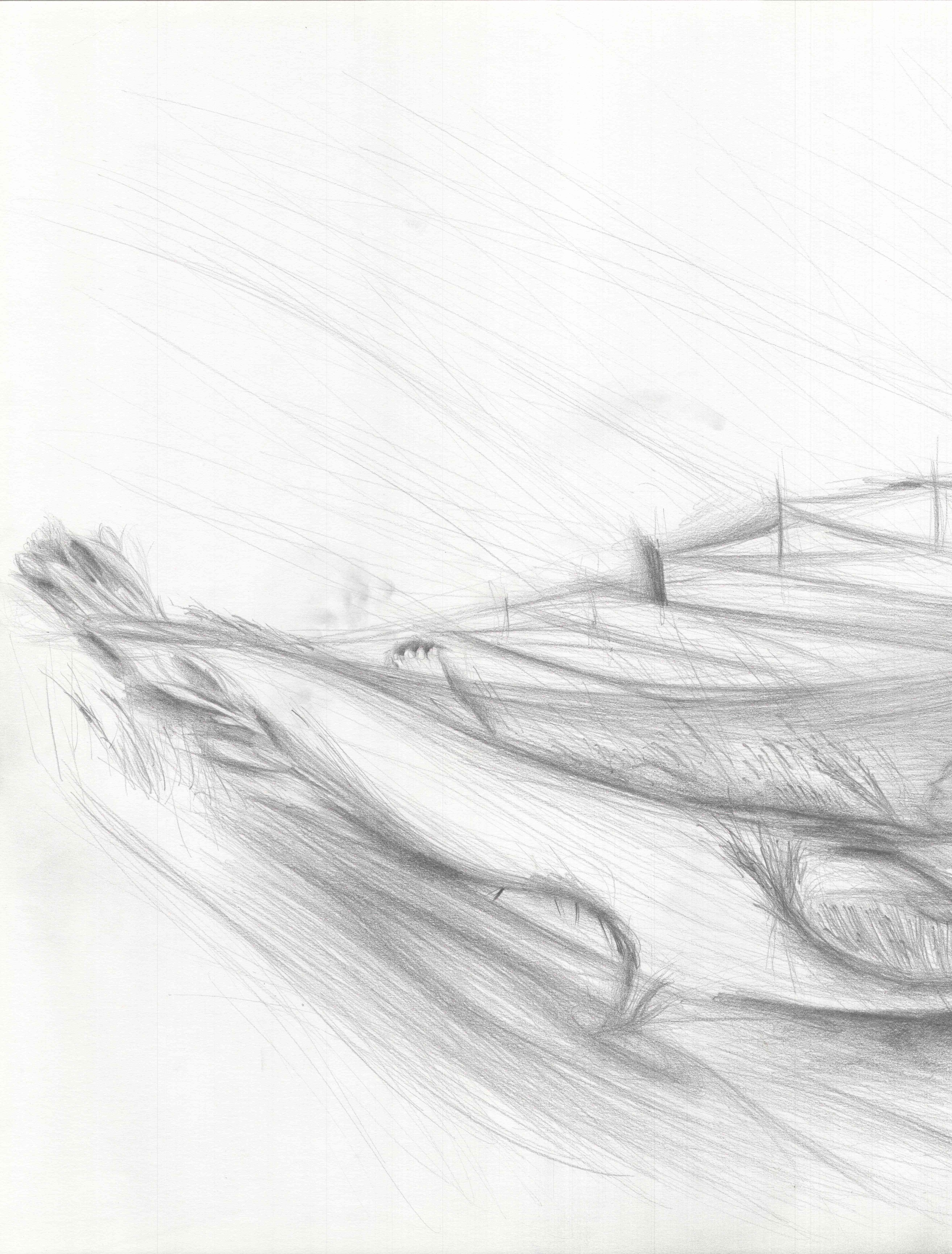
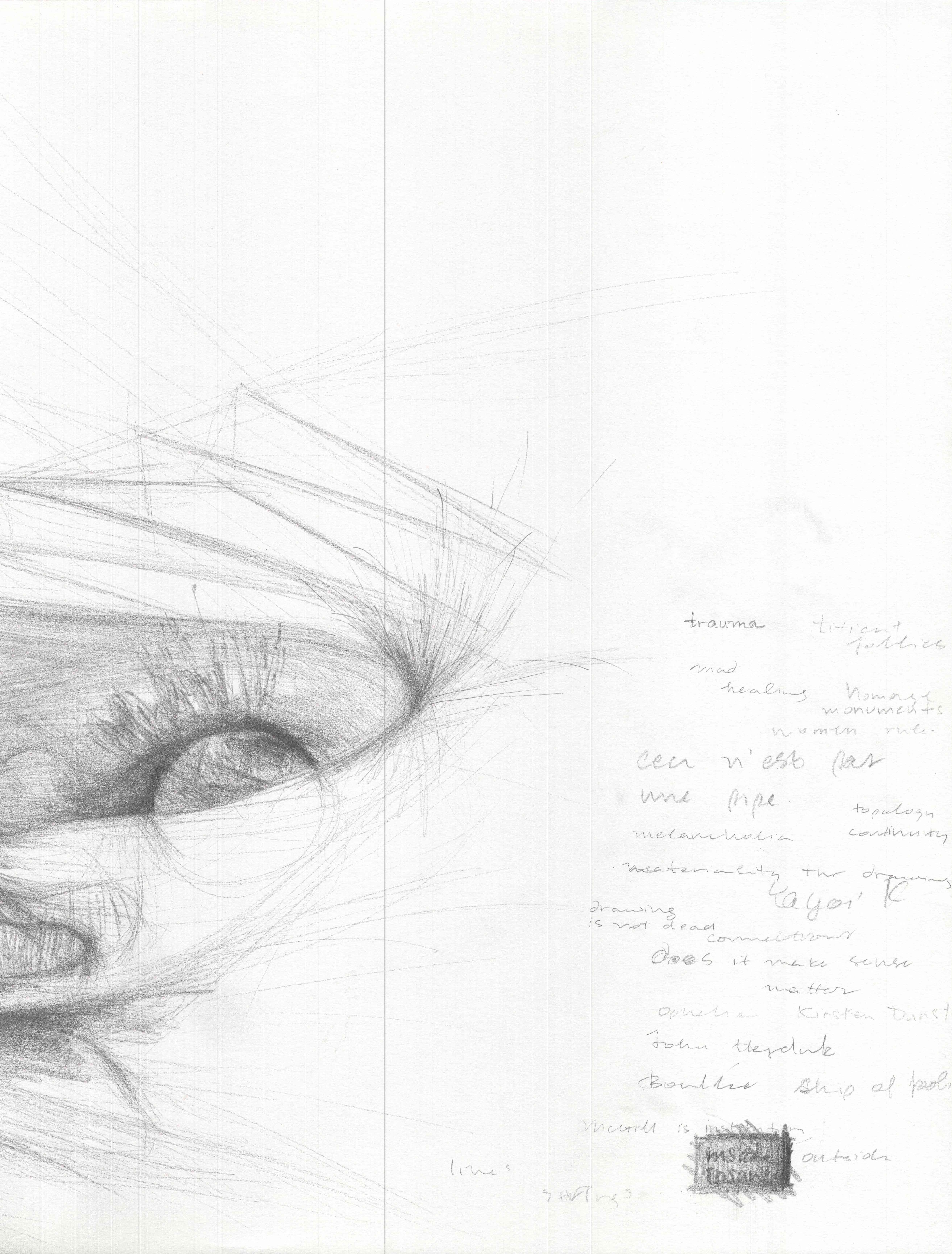

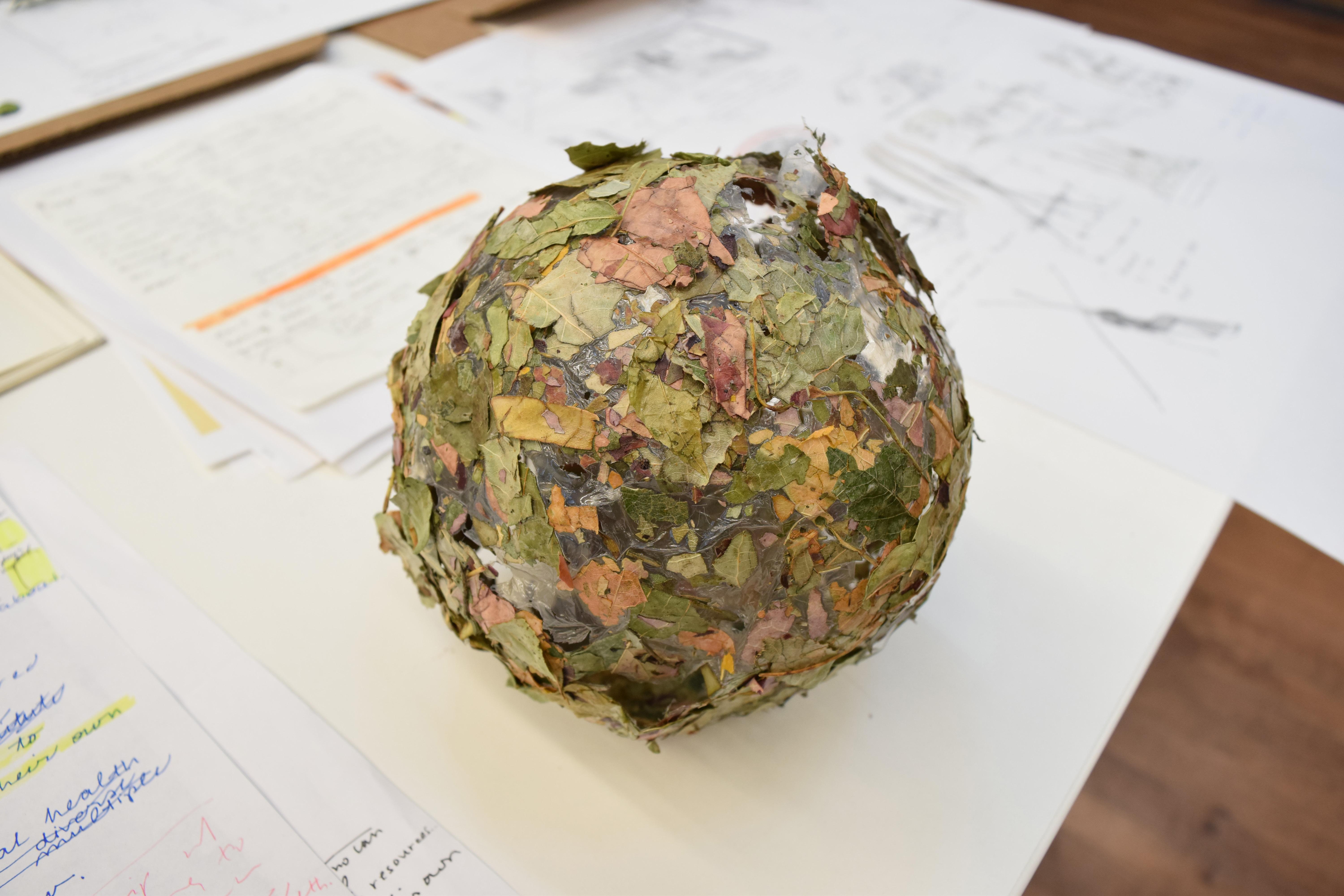
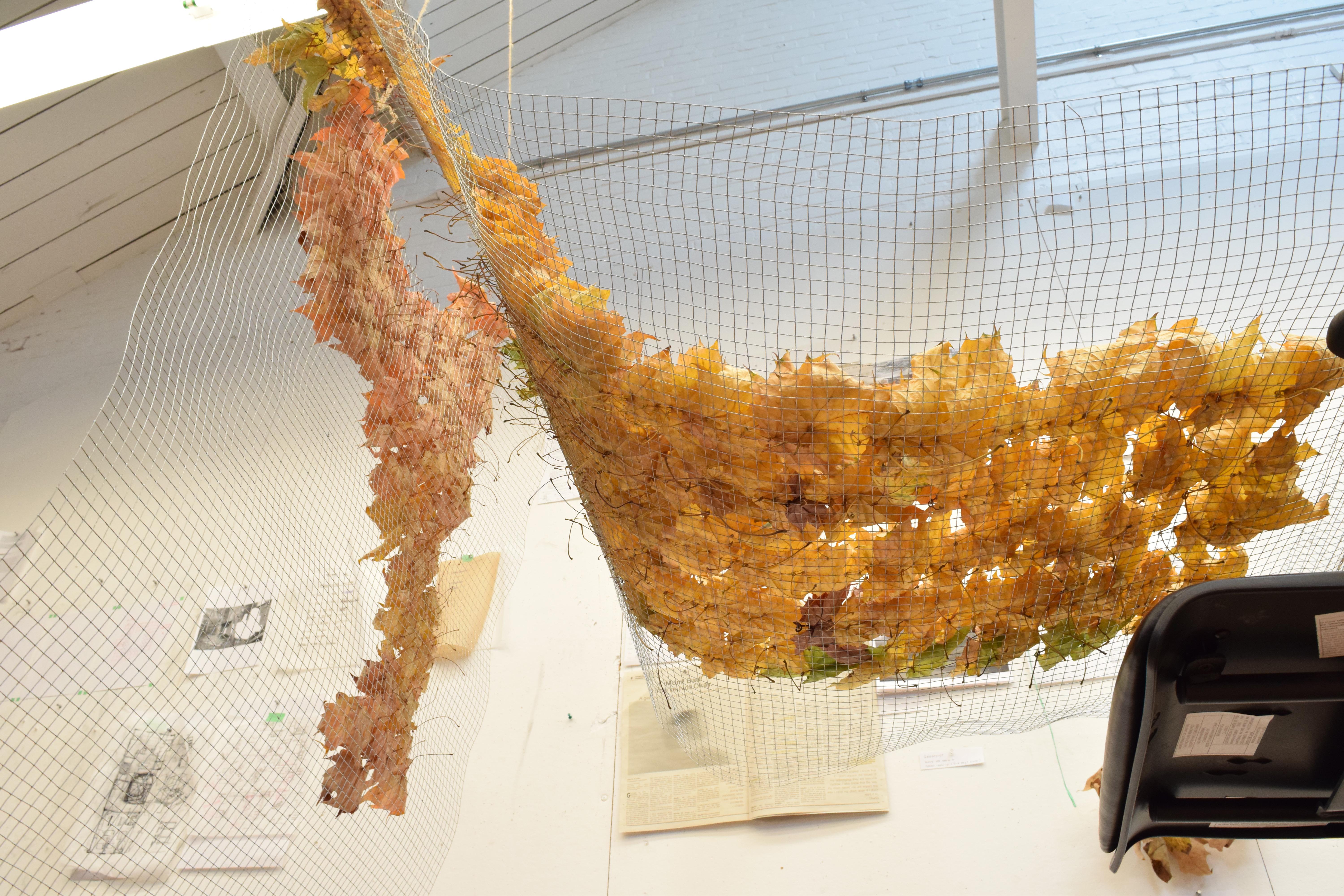
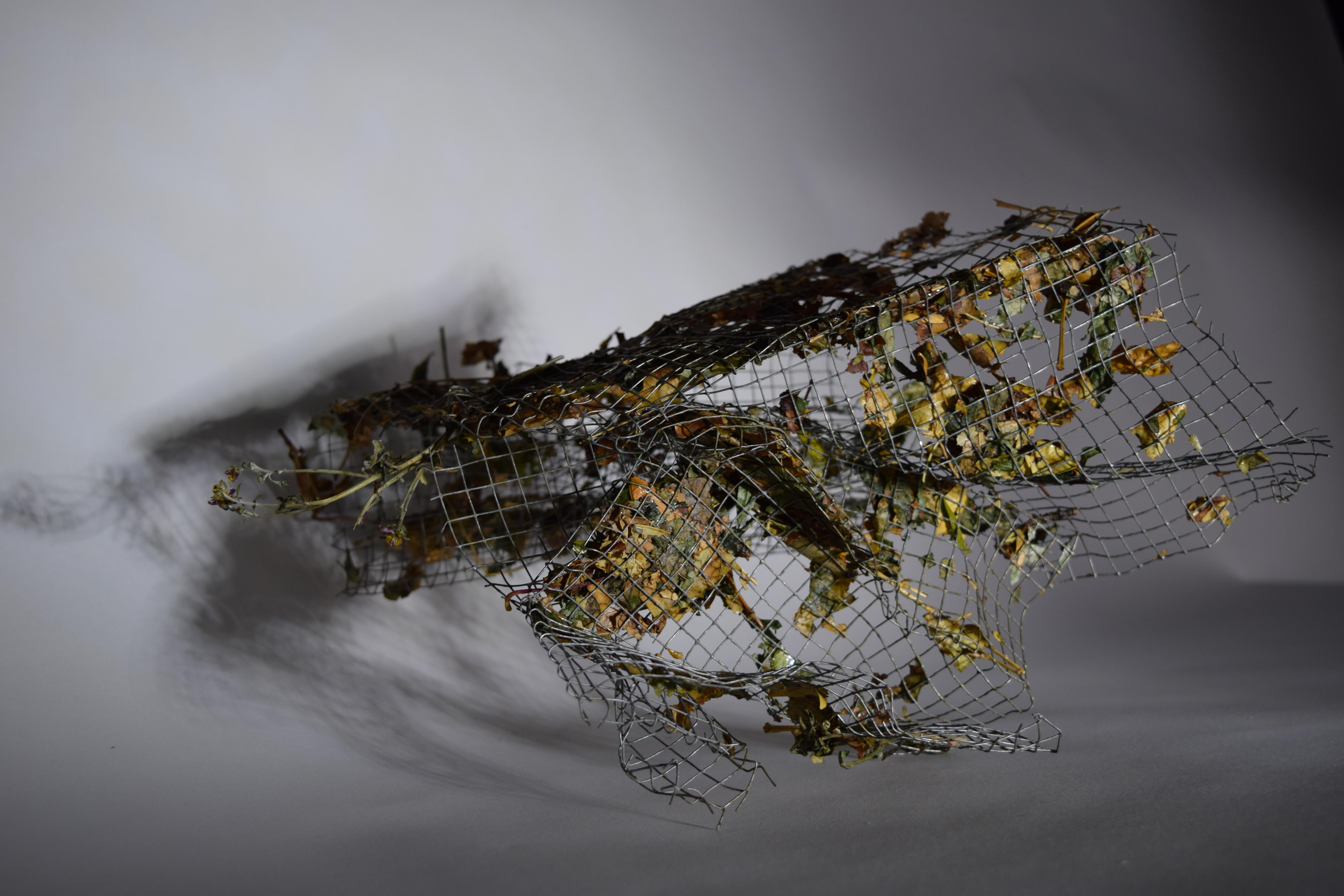

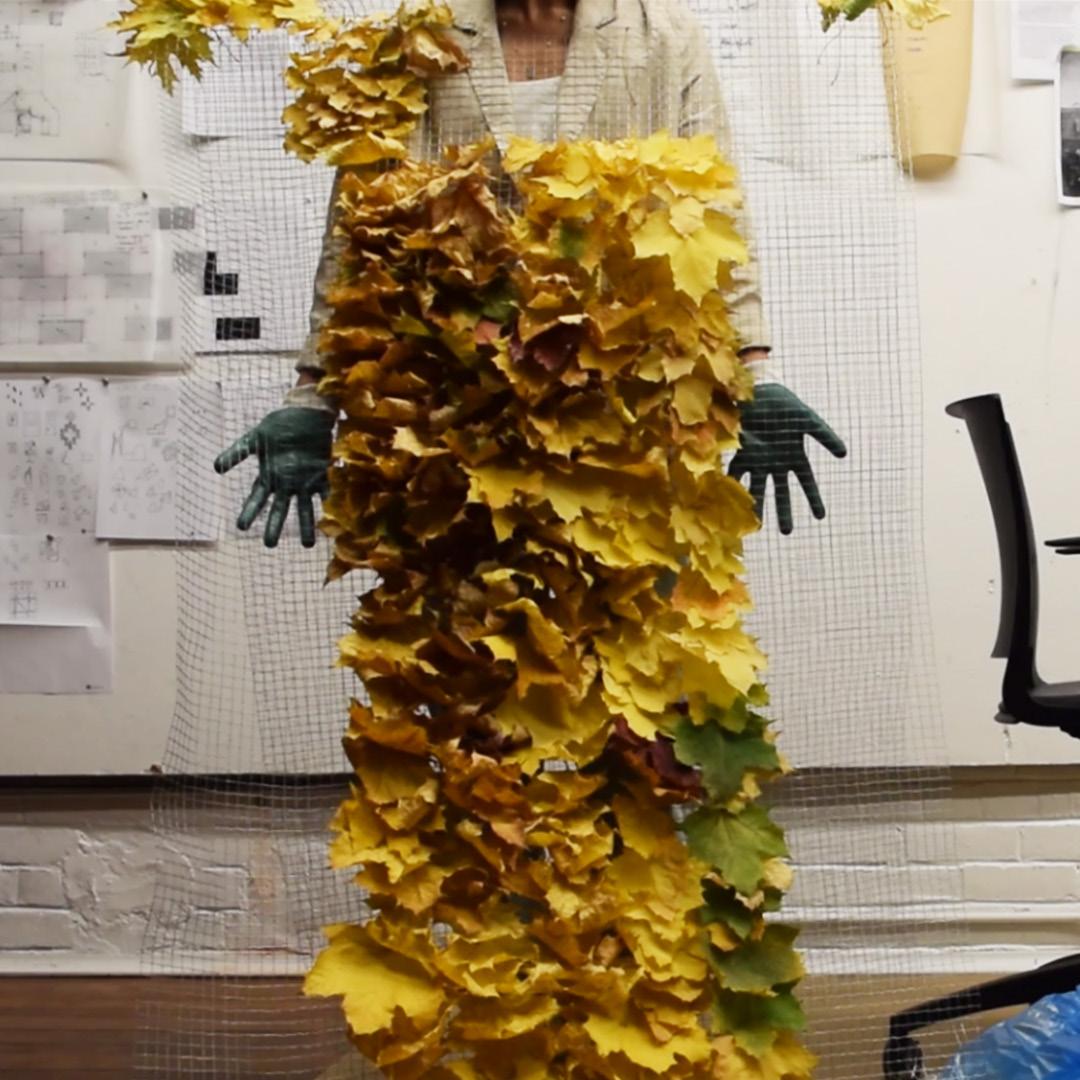
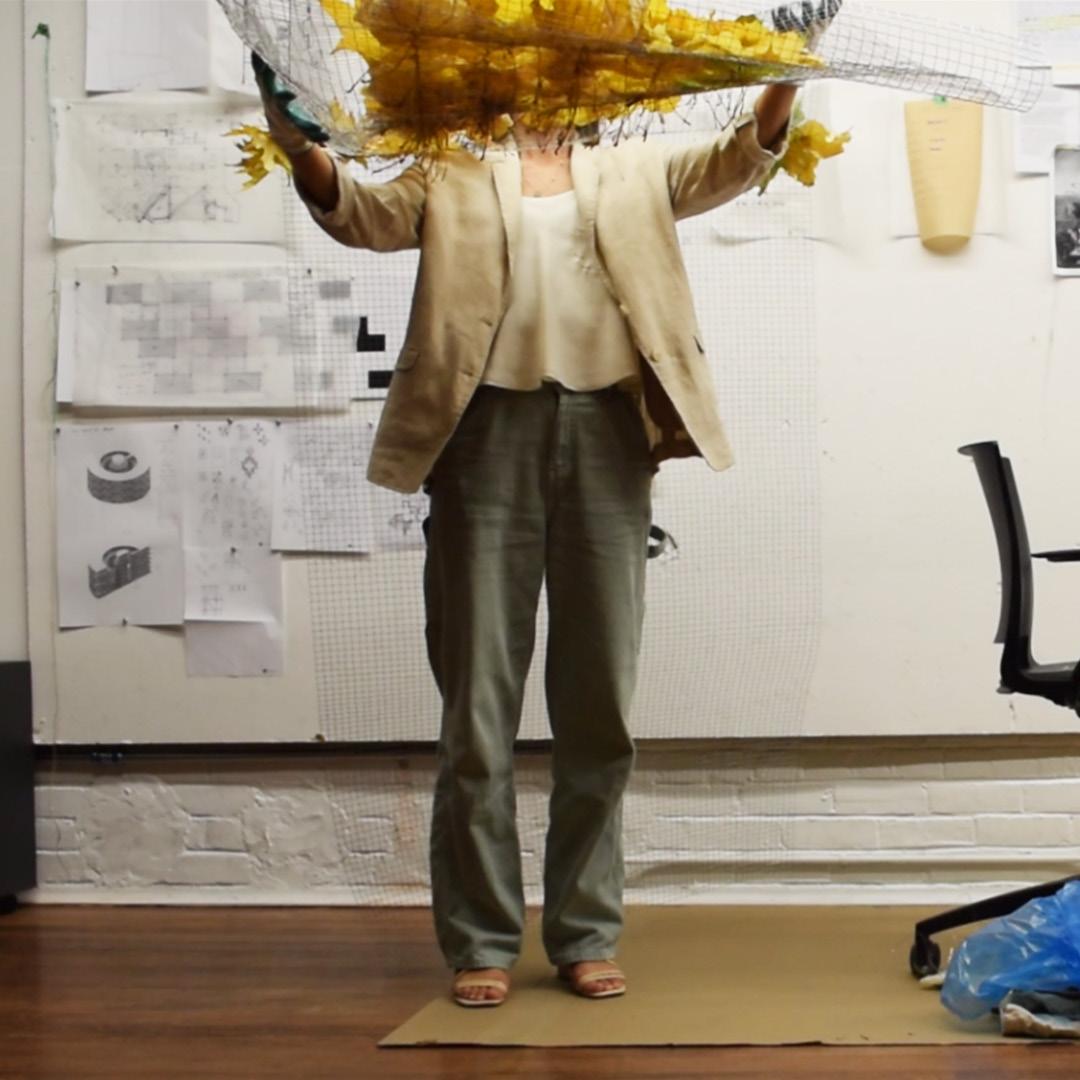




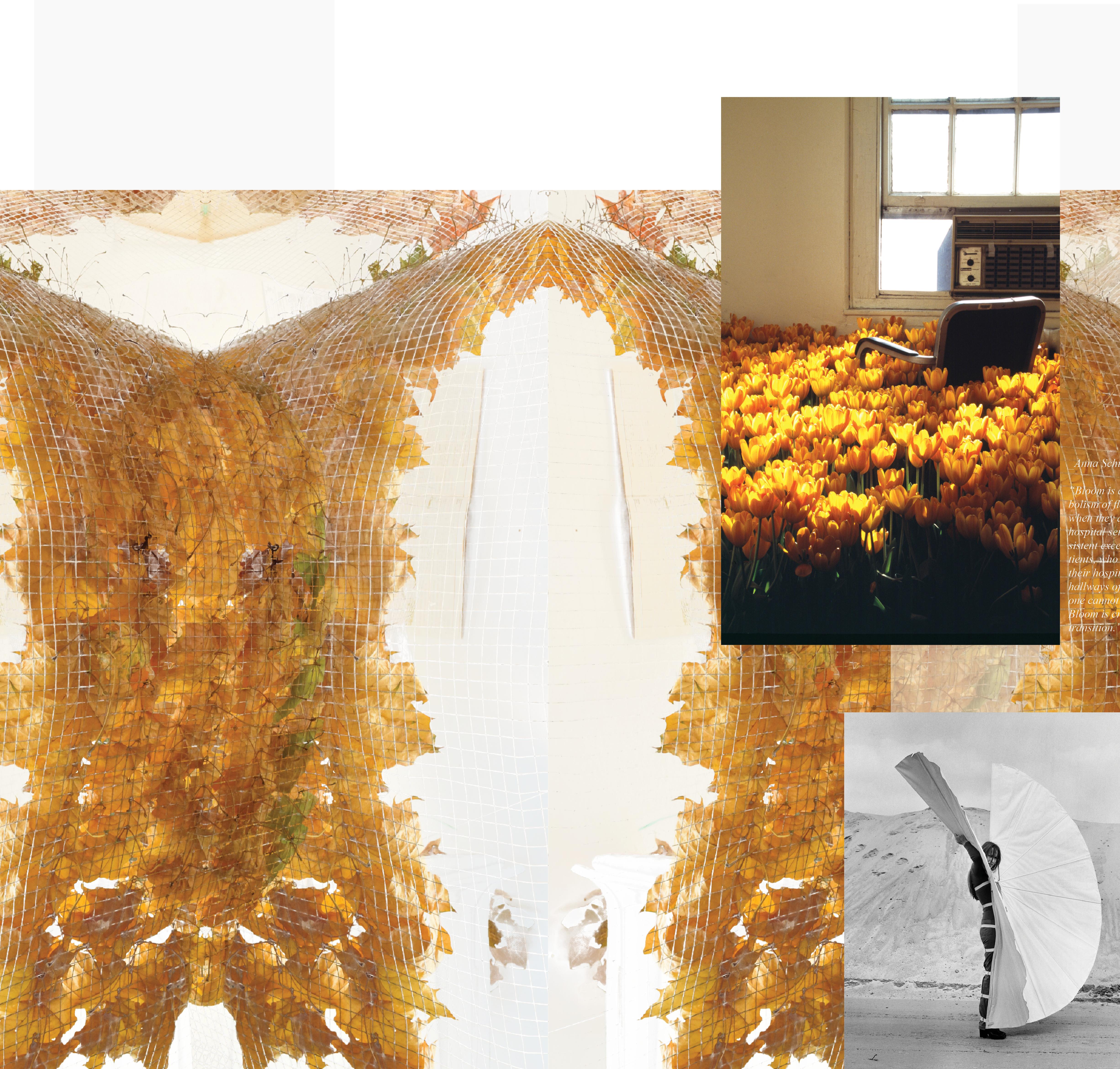
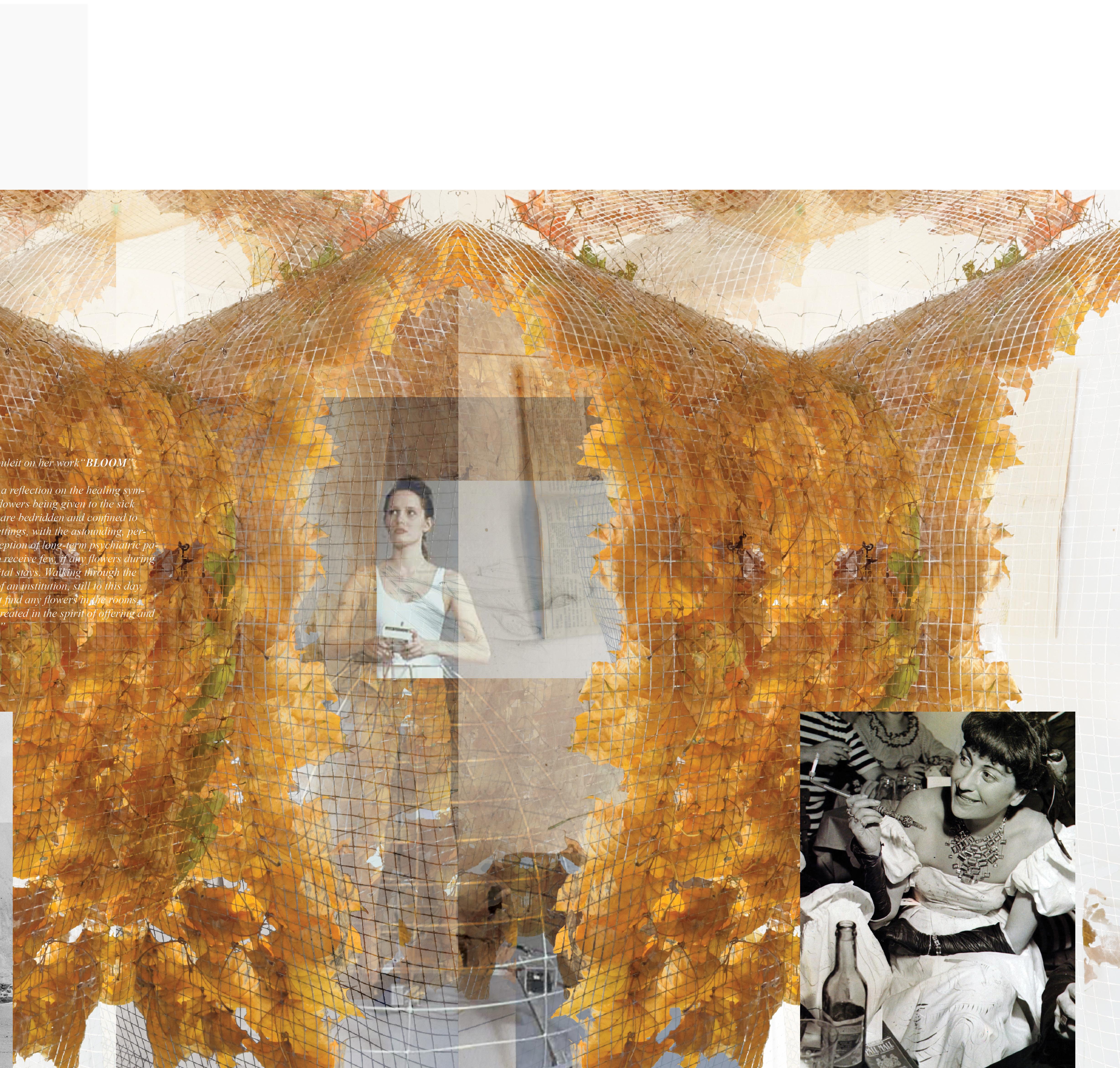




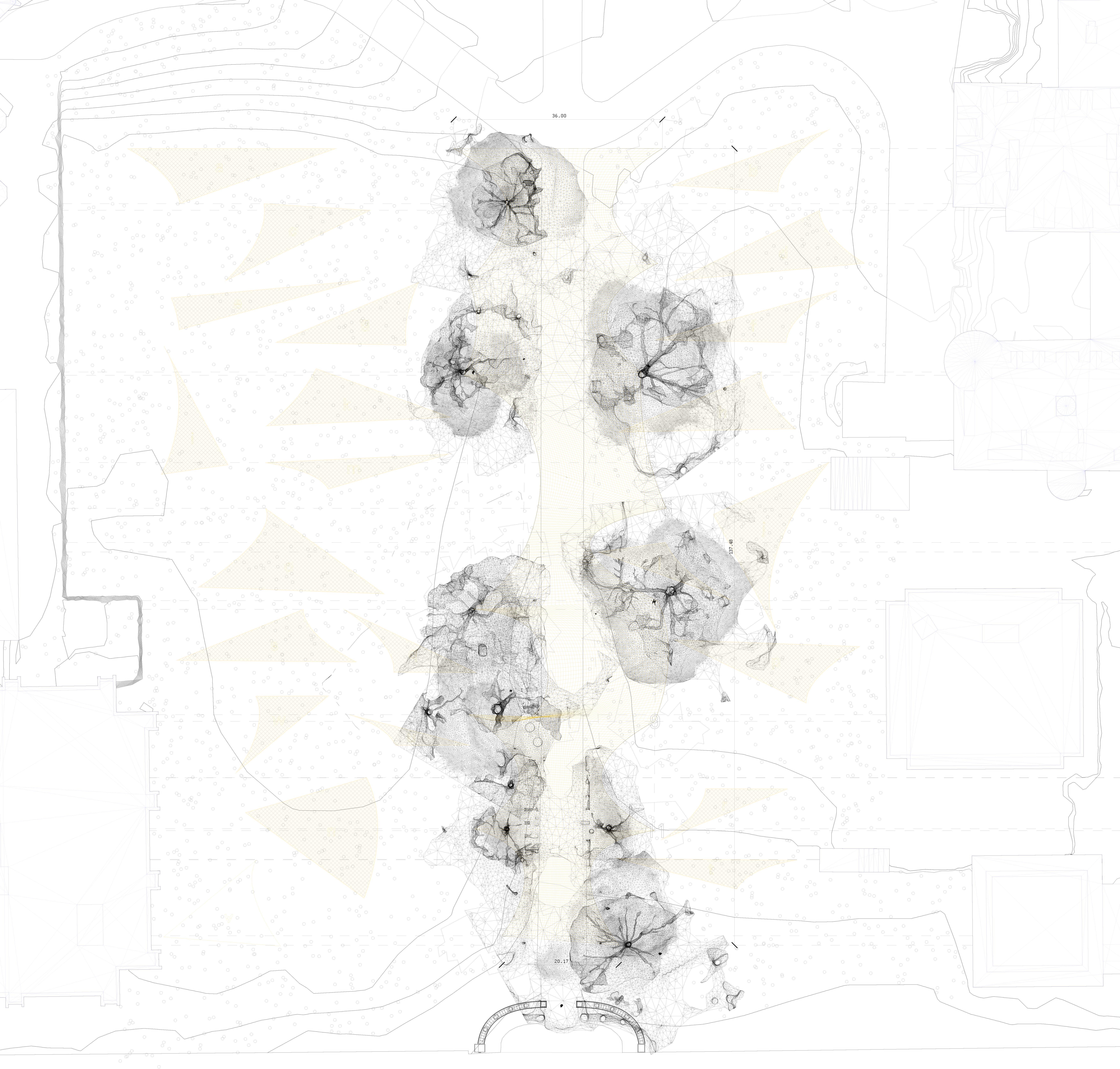
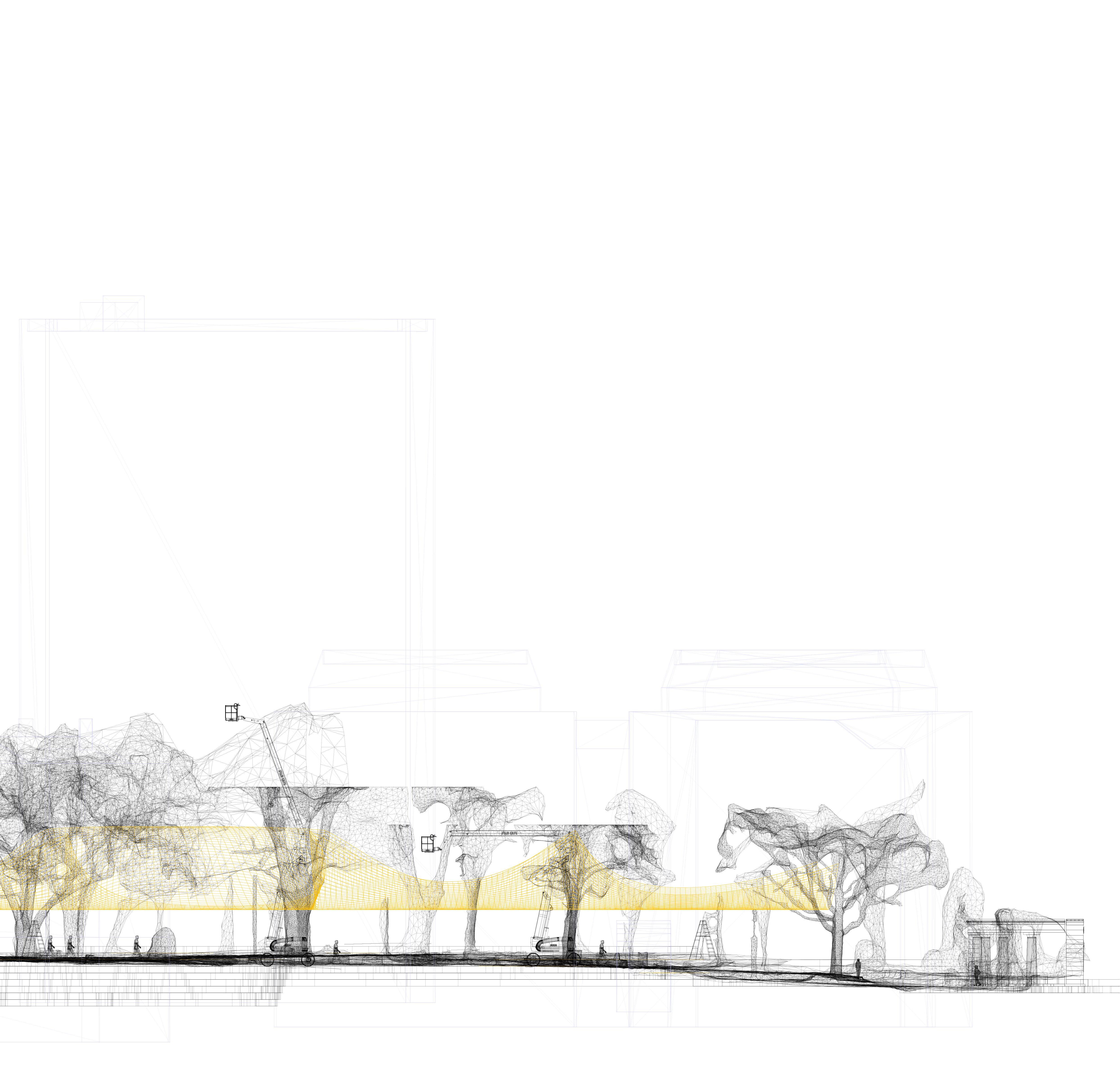


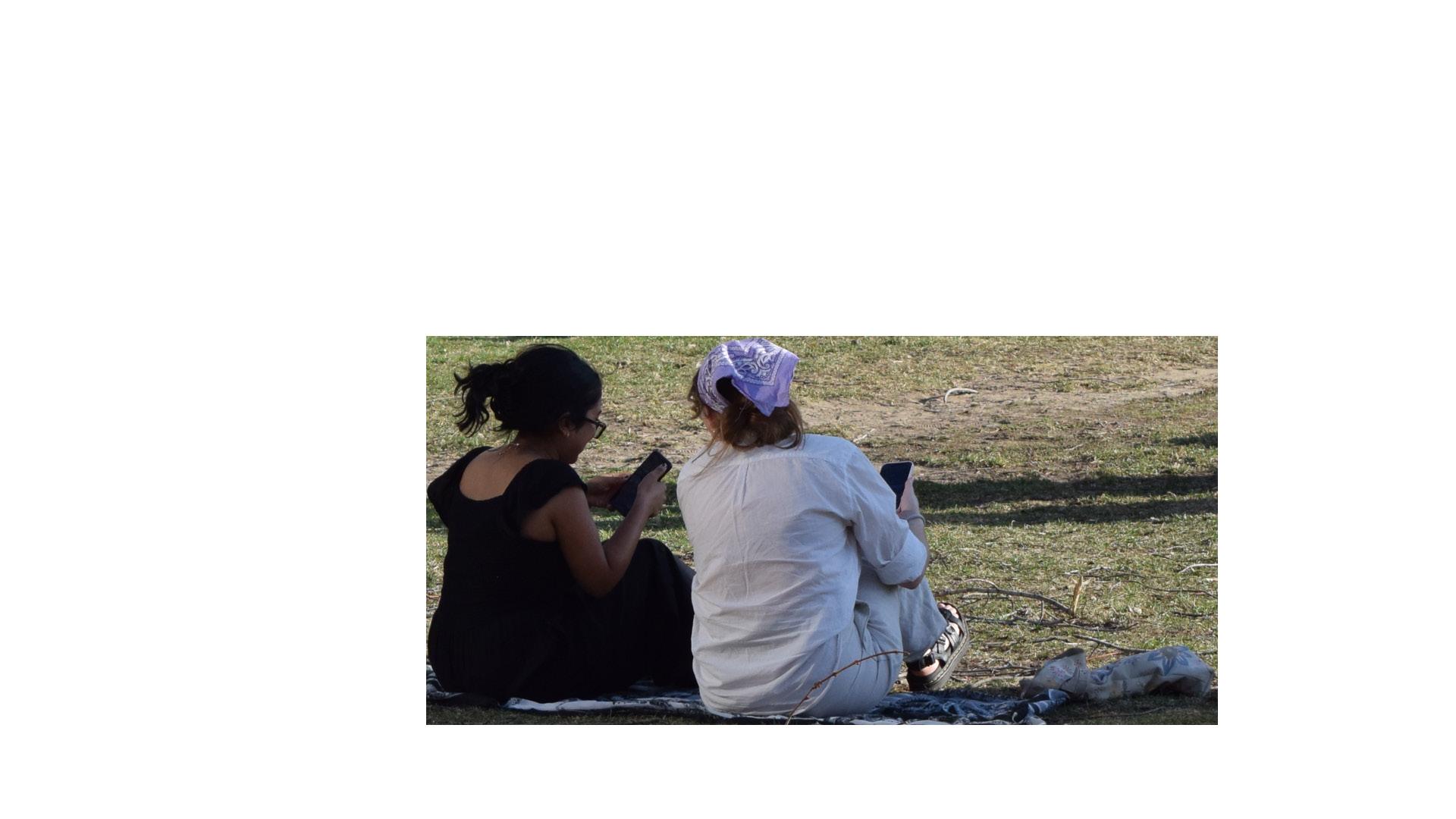

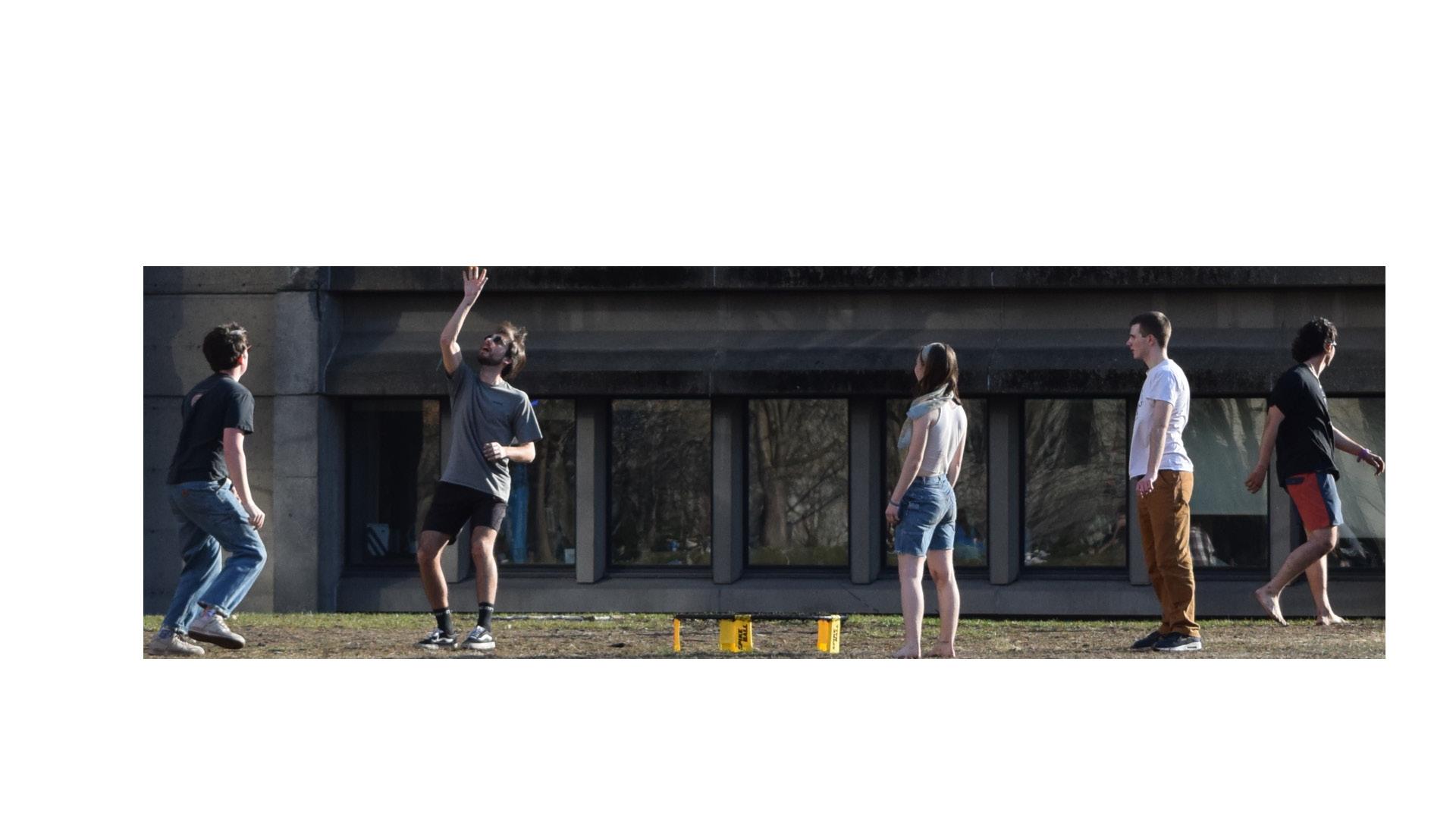
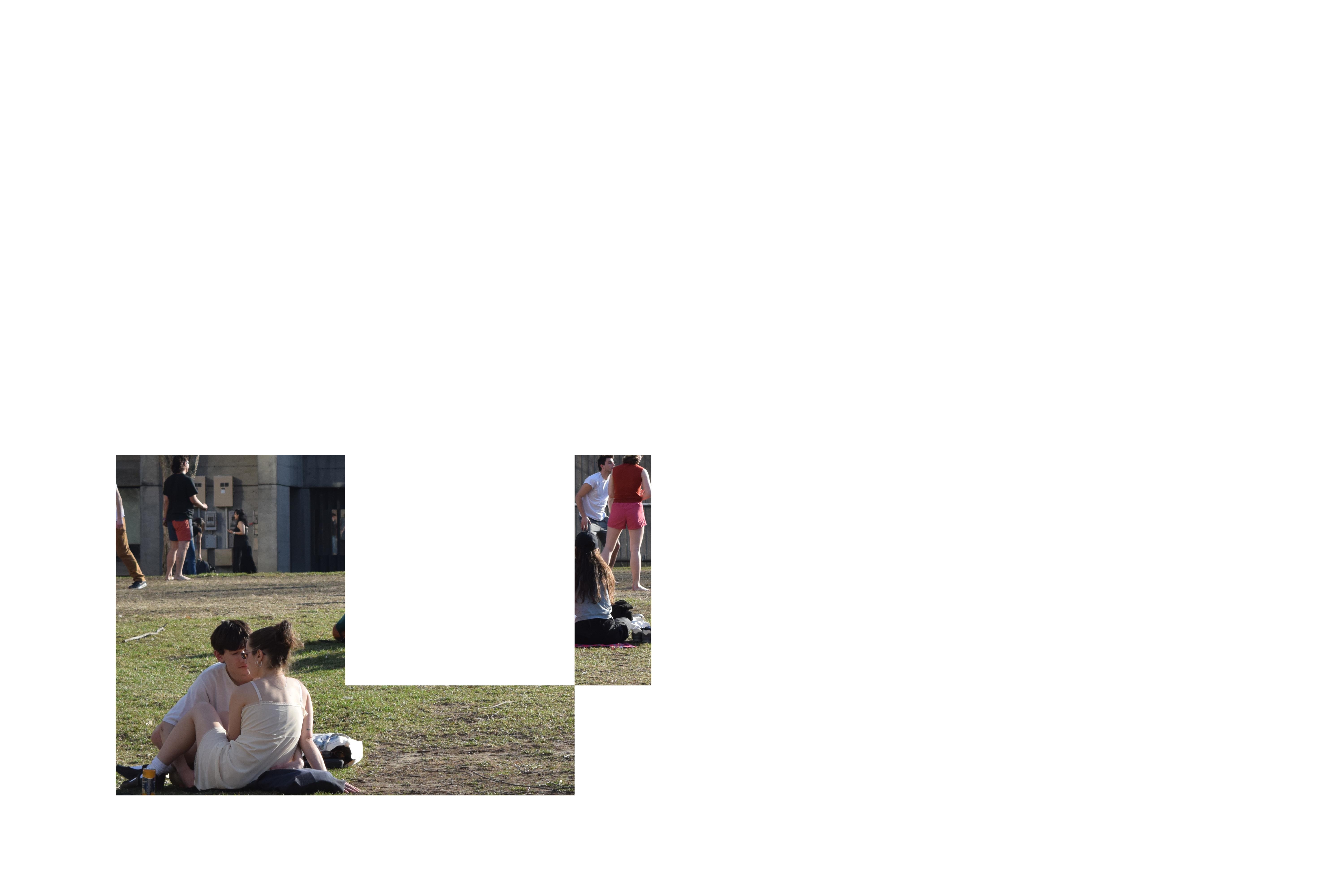
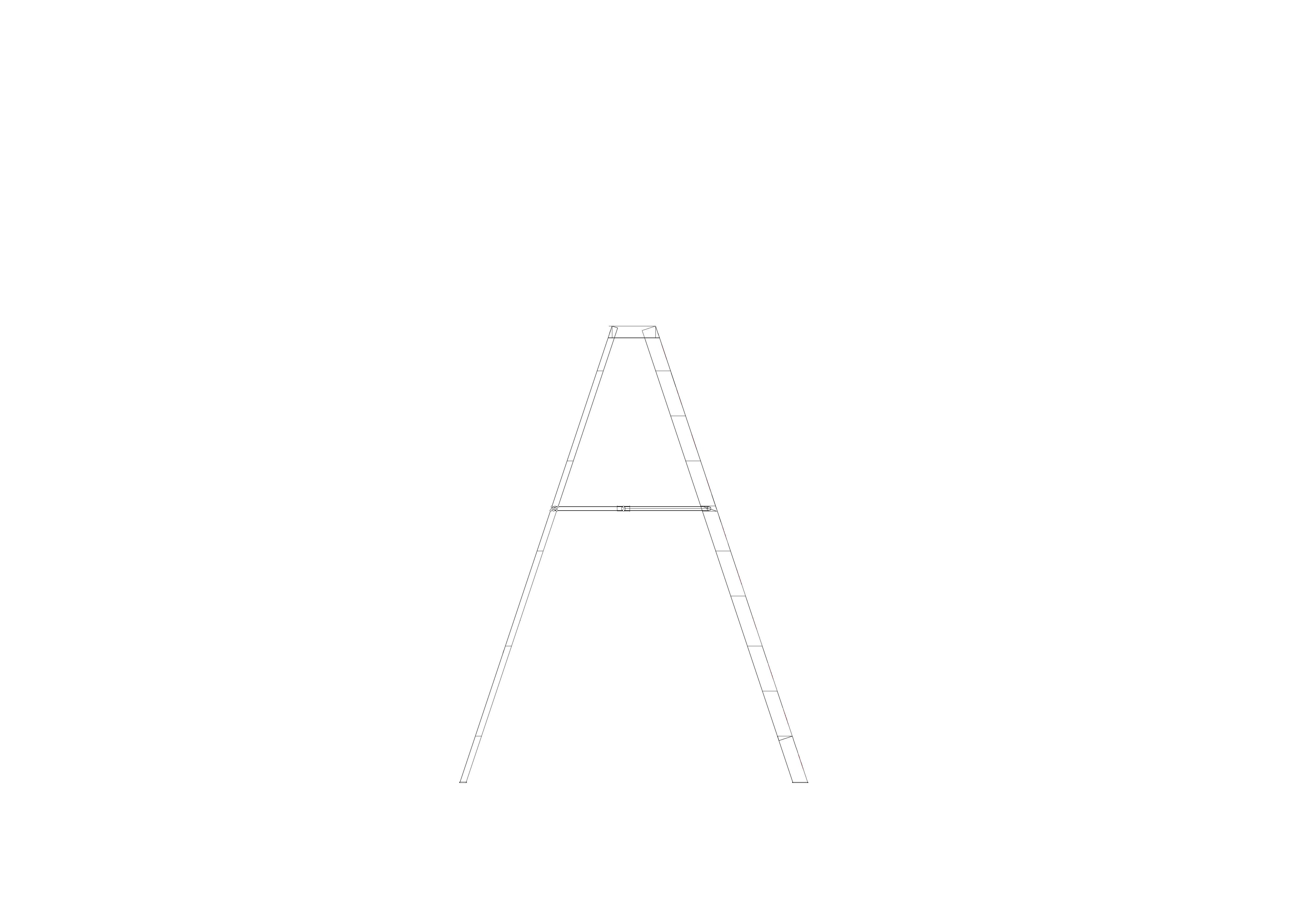

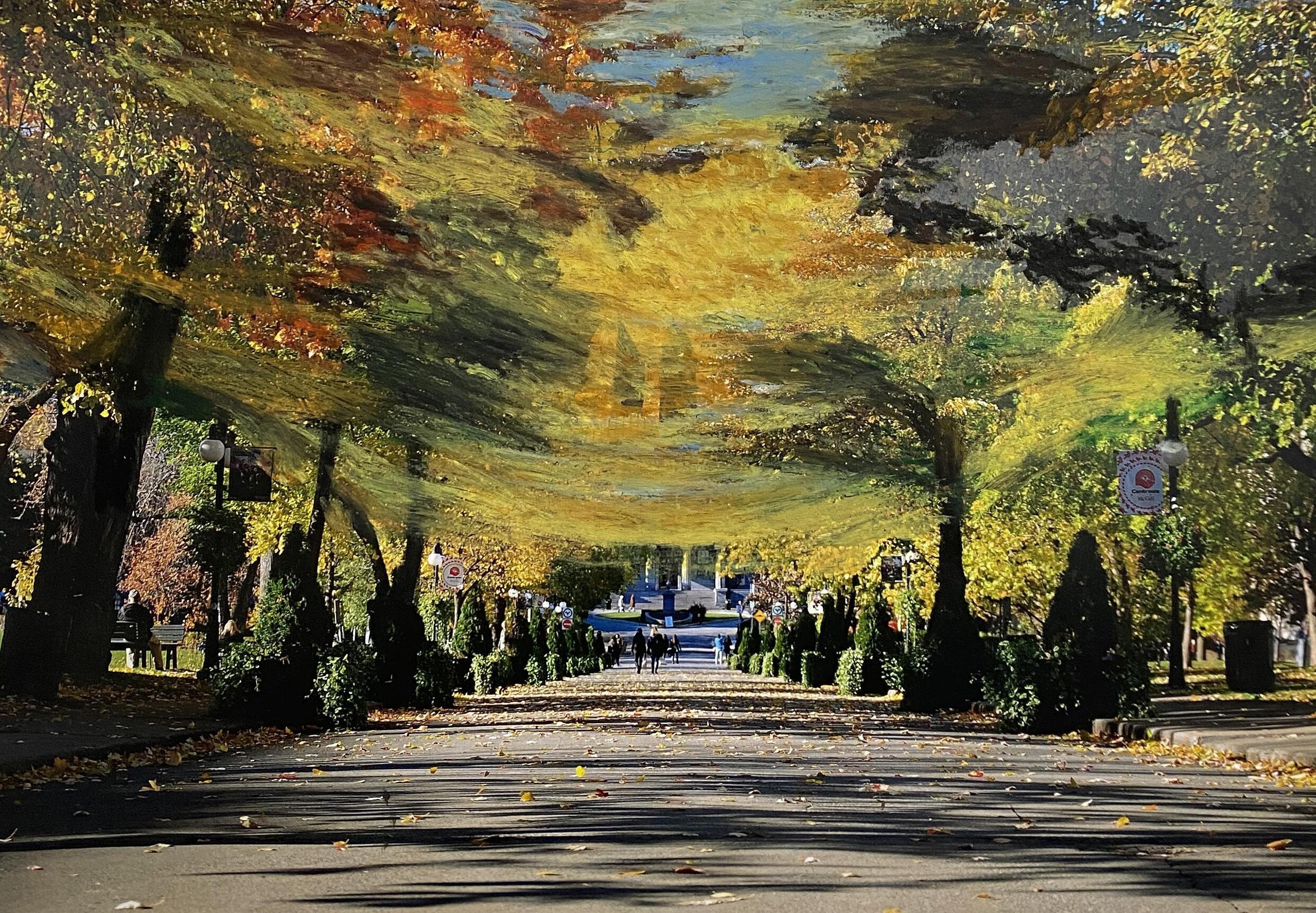

![[The] Ship of[/for] Fools: A Folly[/Manifesto] for Mental Health](https://assets.isu.pub/document-structure/230607200742-86a96e47bb7d46d766902e11d573a02f/v1/e918d8c89d81c373e8ef8826ec4e6640.jpeg)

